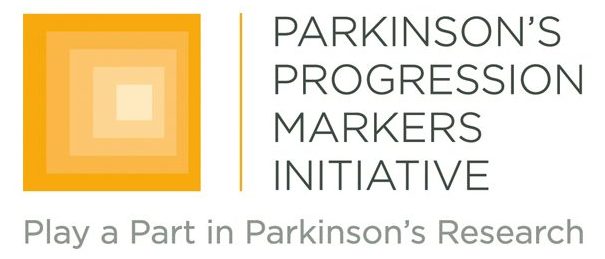|
Today’s post involves massive multidimensional datasets, machine learning, and being able to predict the future. Sound interesting? Researchers are the National Institute on Aging and the University of Illinois at Urbana–Champaign have analysed longitudinal clinical data from the Parkinson’s Progression Marker Initiative (PPMI) and they have found three distinct disease subtypes with highly predictable progression rates. NOTE: Reading about disease progression may be distressing for some readers, but please understand that this type of research is critical to helping us better understand Parkinson’s. In today’s post, we will look at what the researchers found and discuss what this result could mean for the Parkinson’s community. |
Source: ScienceMag
Today I am going to break one of the unwritten rules of science communication (again) .
Until a research report has been through the peer-review process you probably should not be discussing the results in the public domain.
But in this particular case, the research is really interesting. And it has been made available on the OPEN ACCESS preprint depository website called BioRxiv.
Source: BioRxiv
I should add that this is not the first time we have discussed manuscripts on BioRxiv (Click here and here to read other post on Biorxiv manuscripts). We are regular rule breakers here at the SoPD.
So what does the new research investigate?


